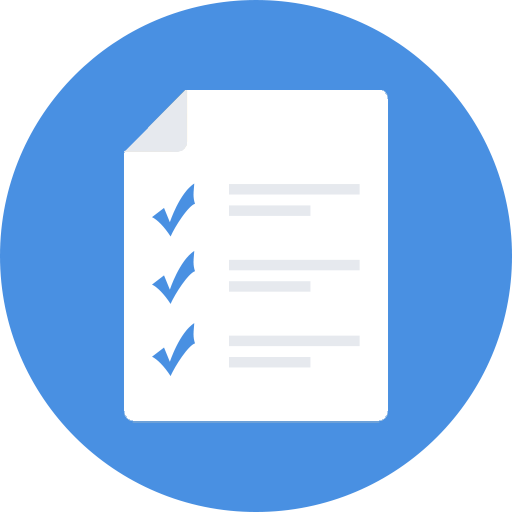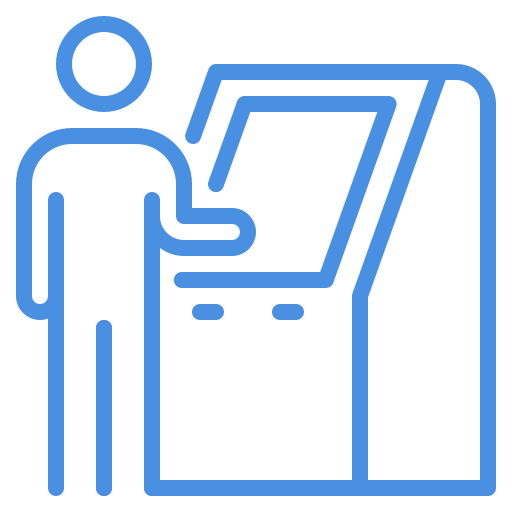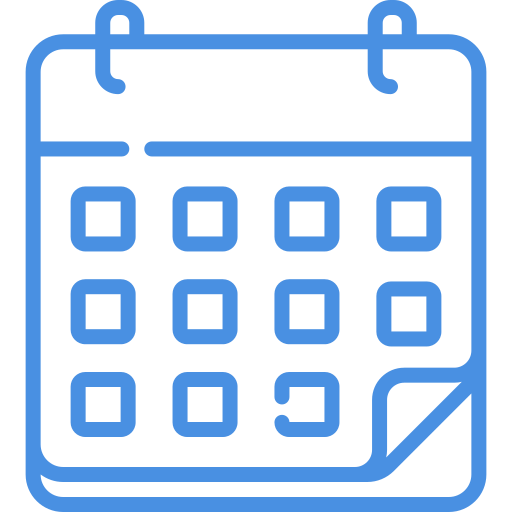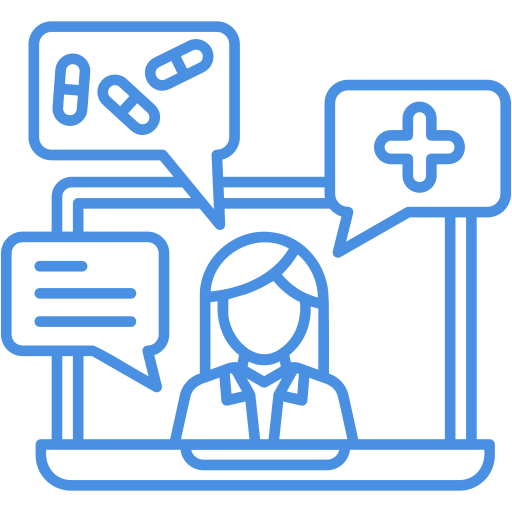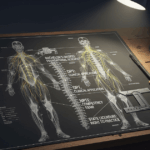The field of adult speech therapy is dedicated to rebuilding lives by restoring the fundamental human functions of communication and swallowing. For adults facing challenges from a stroke, TBI, or neurological disease, the work of a speech language pathologist (SLP) is indispensable. The focus of SLP rehabilitation is to restore function, ensure safety, and maximize independence.
This guide delves into the critical areas of adult speech therapy, exploring common diagnoses like aphasia, effective swallowing therapy strategies, and how HelloNote EMR can enhance clinical efficiency for SLPs and rehab clinics.

Common Diagnoses in Adult Speech Therapy
1. Aphasia: Restoring Language After a Neurological Event
Aphasia disrupts the ability to process and use language. Therapy focuses on functional recovery using evidence-based approaches like Melodic Intonation Therapy (MIT), Constraint-Induced Language Therapy (CILT), and functional communication training.
2. Dysarthria: Improving Speech Clarity and Mechanics
This motor speech disorder, common in conditions like Parkinson’s or ALS, results in slurred or mumbled speech. Interventions target respiratory support, articulation precision, and prosody to improve intelligibility.
3. Dysphagia: Ensuring Safe and Efficient Swallowing
Swallowing disorders (dysphagia) increase the risk of pneumonia and malnutrition. SLPs use diagnostic tools like a Modified Barium Swallow Study (MBSS) or FEES to guide treatment, which includes compensatory strategies (e.g., chin tuck) and recommending modified textures based on frameworks like the International Dysphagia Diet Standardisation Initiative – IDDSI.
4. Cognitive-Communication Disorders: Addressing Thinking & Communication
Common after TBI or in dementia, these disorders affect attention, memory, and executive functions. Rehabilitation focuses on strategies like spaced retrieval, external memory aids, and social skills training.
The Importance of Interdisciplinary Collaboration
Effective adult rehabilitation is a team effort. SLPs work hand-in-hand with Physical Therapists (PTs) and Occupational Therapists (OTs) to coordinate goals related to breath support, posture for safe swallowing, cognitive demands during mobility, and using communication aids during Activities of Daily Living (ADLs).
Streamlining Complexity: The Role of HelloNote EMR
Documenting the intricacies of adult speech therapy can be time-consuming. A specialized EMR like HelloNote is invaluable.
-
-
SLP-Specific Templates: Save charting time with customizable templates for evaluations and progress notes.
-
Efficient Dysphagia Documentation: Easily track diet textures, strategies, and progress toward swallowing goals.
-
Integrated Goal Tracking: Link interventions directly to functional, measurable goals to demonstrate effectiveness.
-
Accurate Coding Support: Reduce compliance risks with features that help select appropriate CPT codes for speech (92507), swallowing (92526), and cognitive therapy.
-
By reducing the administrative burden, HelloNote allows SLPs to focus on direct patient care.
Frequently Asked Questions About Adult Speech Therapy
- Q1: What does an adult speech therapist do?
An adult speech therapist (SLP) treats acquired disorders of communication, cognition, and swallowing. This includes aphasia (language loss after stroke/TBI), dysarthria (slurred speech), dysphagia (swallowing disorders), voice disorders, and cognitive-communication deficits affecting memory and problem-solving.
- Q2: What is the difference between aphasia and dysarthria?
Aphasia is a language disorder where the brain has trouble processing or retrieving words, affecting speaking, understanding, reading, and writing. Dysarthria is a motor speech disorder caused by muscle weakness, making speech sound slurred or imprecise, but language ability remains intact.
- Q3: What is aphasia therapy?
Aphasia therapy is a set of techniques used by SLPs to help individuals with aphasia recover language skills. It focuses on improving functional communication through methods like Melodic Intonation Therapy (using melody to improve speech) or Constraint-Induced Language Therapy (intensive verbal practice).
- Q4: How do you treat swallowing problems after a stroke?
An SLP first assesses the swallow to find the specific problem. Treatment often involves recommending safer food and liquid textures (e.g., thickened liquids), teaching compensatory strategies like a chin tuck or head turn, and prescribing exercises to strengthen the swallowing muscles.
- Q5: Why is SLP documentation important?
Documentation is critical for tracking progress on complex goals, ensuring patient safety (especially in dysphagia), justifying care to insurance payers, and facilitating clear communication with doctors, PTs, and OTs. A detailed EMR like HelloNote ensures this documentation is efficient and compliant.
Conclusion: Empowering Recovery and Independence
Adult speech therapy is a critical component of the rehabilitation continuum. By employing evidence-based practices for complex acquired disorders, Speech-Language Pathologists (SLPs) empower individuals to reconnect with loved ones, ensure their safety, and reclaim their independence. The utilization of efficient documentation tools like HelloNote further amplifies the impact of these life-changing interventions.

